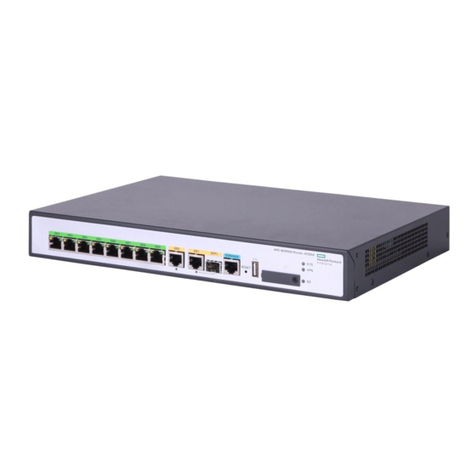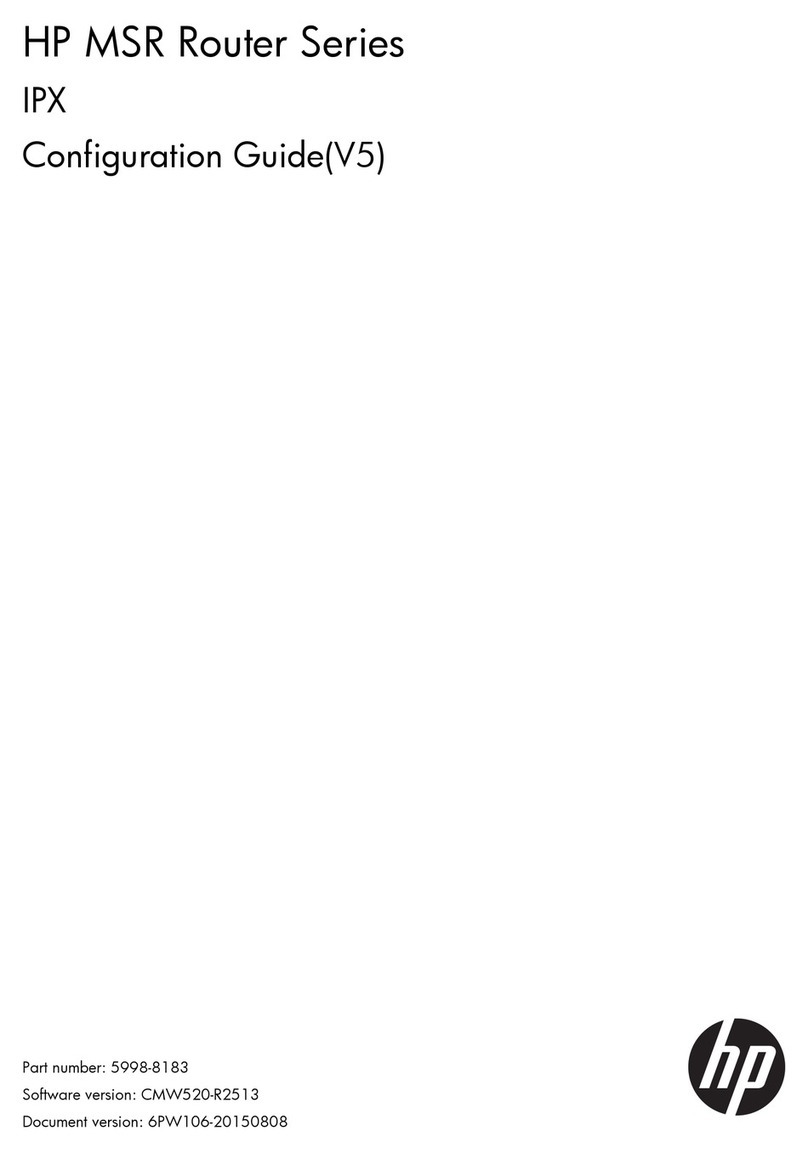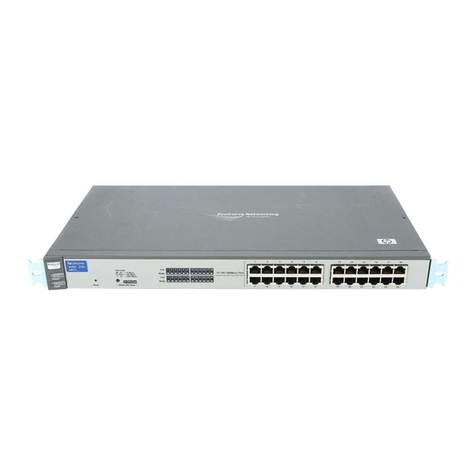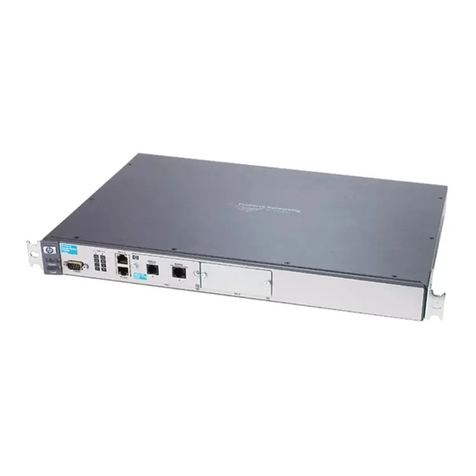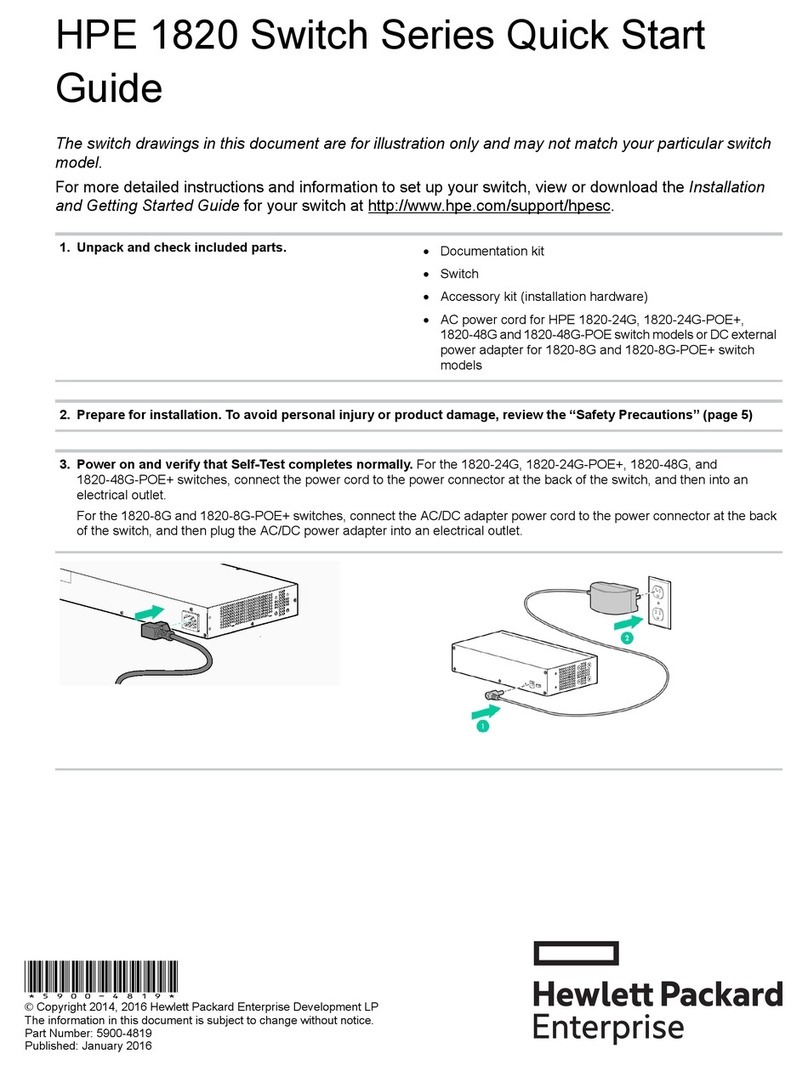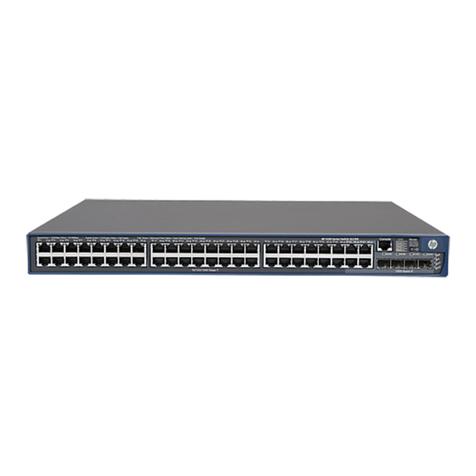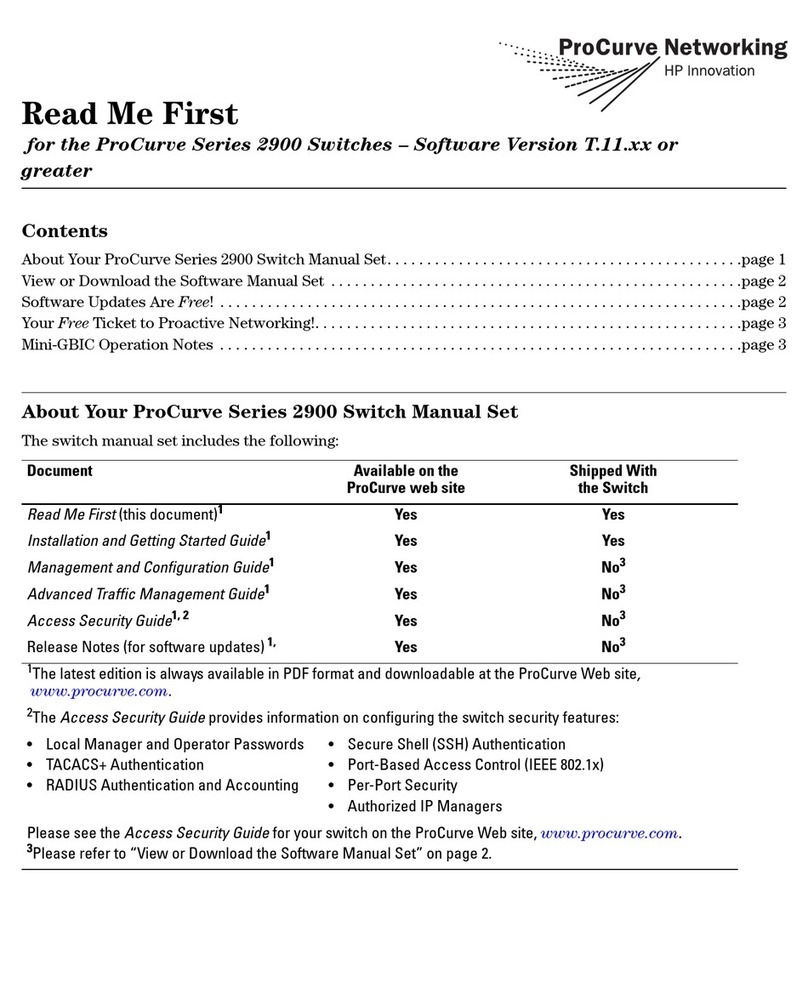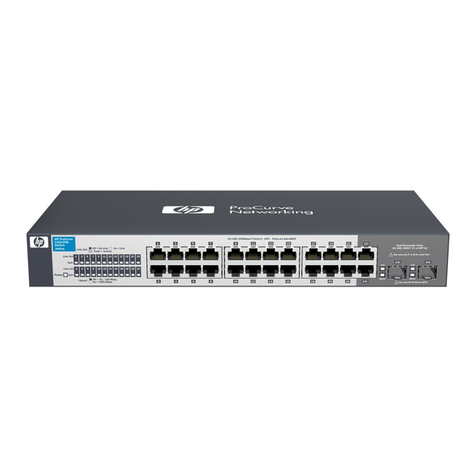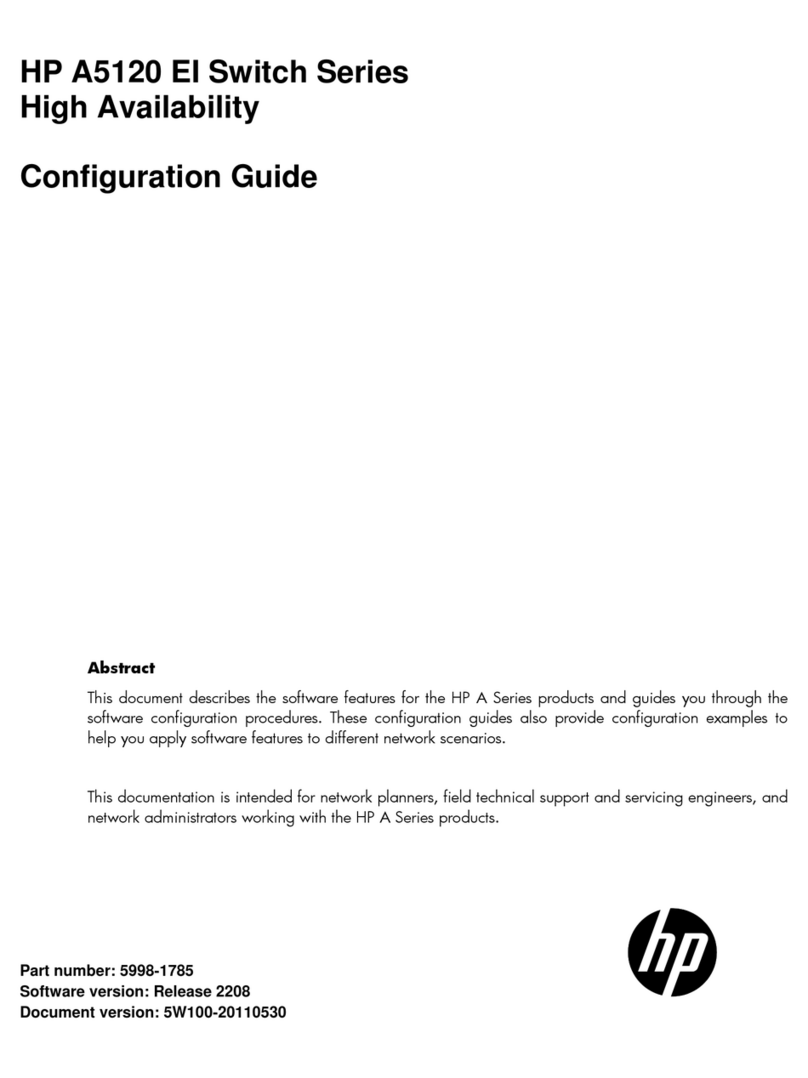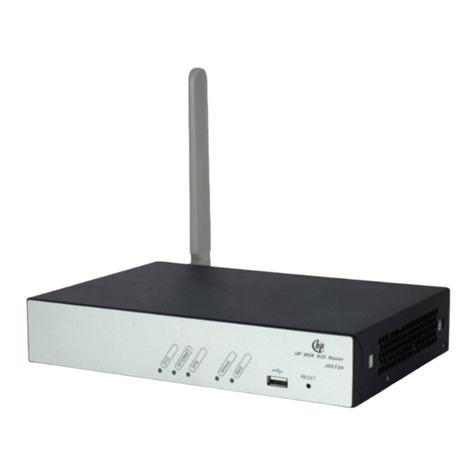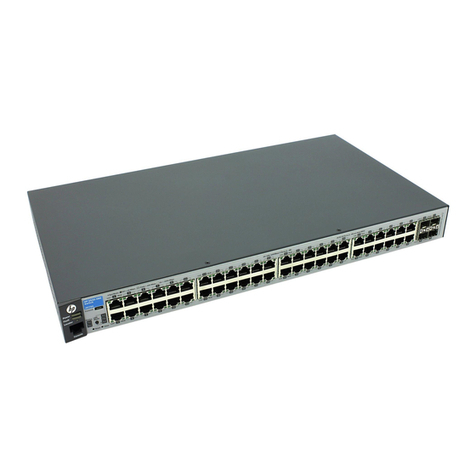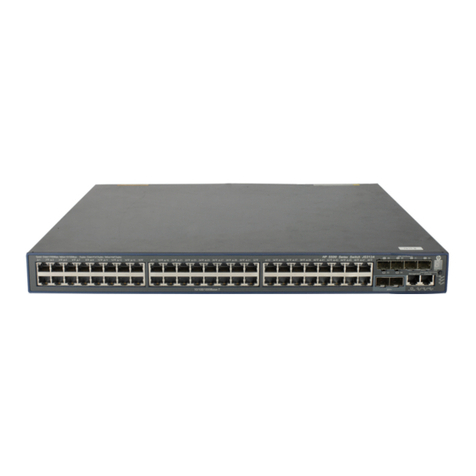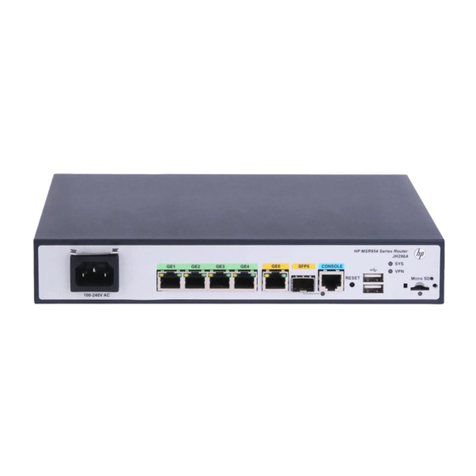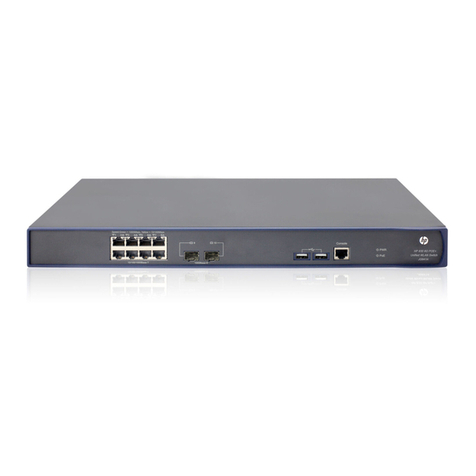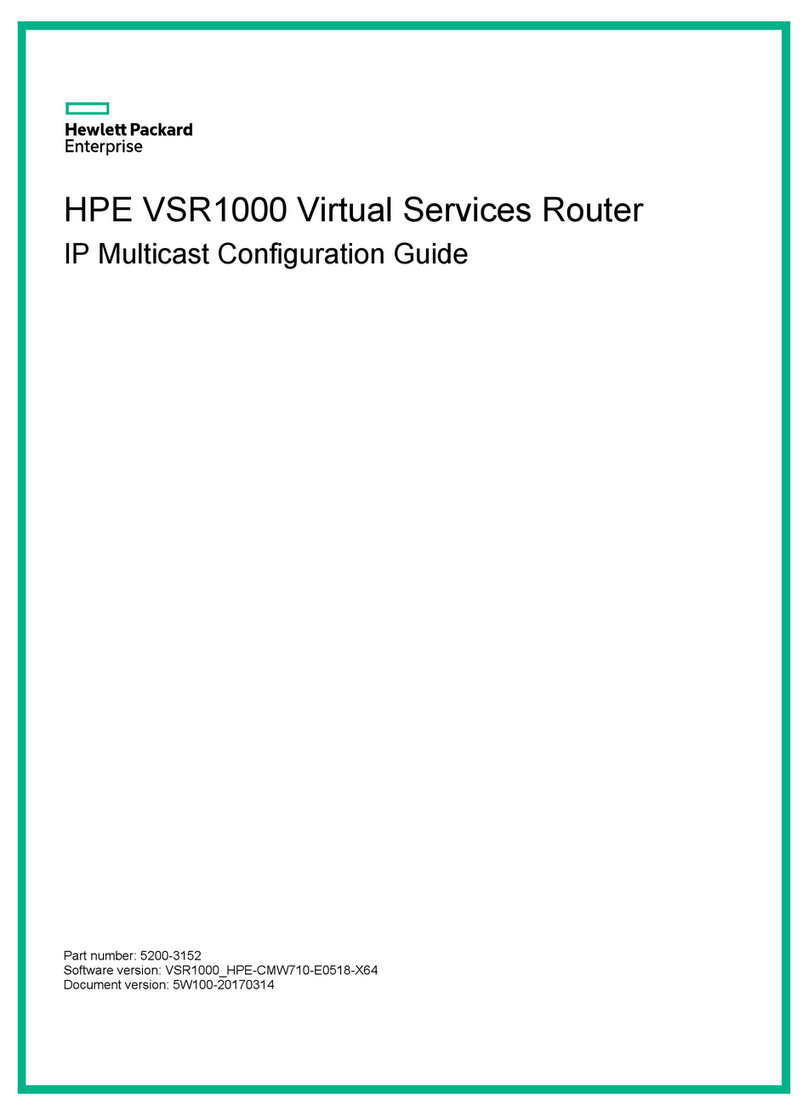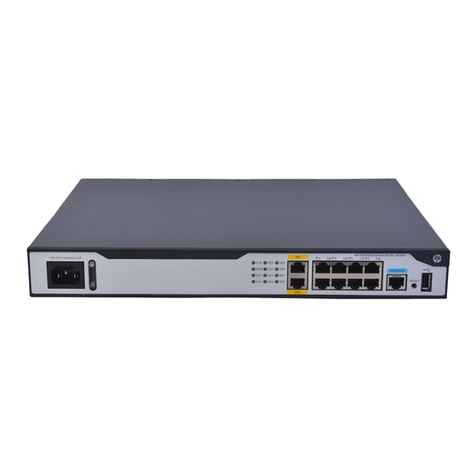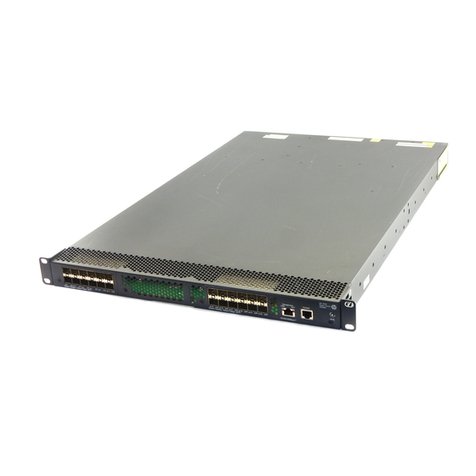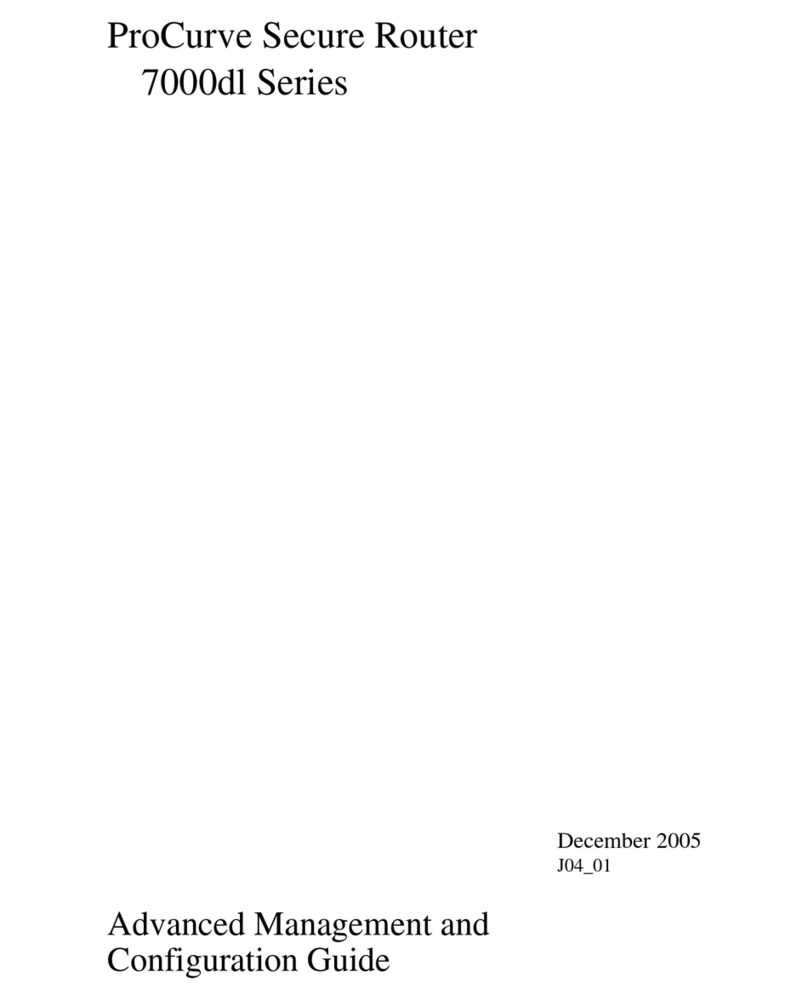
ii
Configuring LDP session protection·················································································································34
Configuring LDP GR ········································································································································35
Configuring LDP NSR······································································································································35
Configuring LDP-IGP synchronization ·············································································································35
Configuring LDP-OSPF synchronization··································································································36
Configuring LDP-ISIS synchronization·····································································································37
Configuring LDP FRR ······································································································································37
Setting a DSCP value for outgoing LDP packets·····························································································37
Resetting LDP sessions···································································································································38
Enabling SNMP notifications for LDP ··············································································································38
Displaying and maintaining LDP······················································································································38
IPv4 LDP configuration examples····················································································································39
LDP LSP configuration example··············································································································39
Label acceptance control configuration example·····················································································43
Label advertisement control configuration example·················································································47
LDP FRR configuration example··············································································································52
IPv6 LDP configuration examples····················································································································55
IPv6 LDP LSP configuration example······································································································55
IPv6 label acceptance control configuration example··············································································61
IPv6 label advertisement control configuration example··········································································65
Configuring MPLS TE···················································································71
Overview··························································································································································71
TE and MPLS TE·····································································································································71
MPLS TE basic concepts·························································································································71
Static CRLSP establishment····················································································································71
Dynamic CRLSP establishment···············································································································71
CRLSP establishment using PCE path calculation··················································································73
Traffic forwarding ·····································································································································74
Make-before-break···································································································································75
Route pinning···········································································································································76
Tunnel reoptimization·······························································································································76
Automatic bandwidth adjustment·············································································································76
CRLSP backup·········································································································································77
FRR··························································································································································77
DiffServ-aware TE····································································································································78
Bidirectional MPLS TE tunnel ··················································································································80
Protocols and standards ··························································································································80
MPLS TE configuration task list·······················································································································81
Enabling MPLS TE···········································································································································82
Configuring a tunnel interface··························································································································83
Configuring DS-TE···········································································································································83
Configuring an MPLS TE tunnel to use a static CRLSP··················································································84
Configuring an MPLS TE tunnel to use a dynamic CRLSP·············································································85
Configuration task list·······························································································································85
Configuring MPLS TE attributes for a link································································································85
Advertising link TE attributes by using IGP TE extension········································································86
Configuring MPLS TE tunnel constraints·································································································87
Establishing an MPLS TE tunnel by using RSVP-TE···············································································89
Controlling CRLSP path selection············································································································89
Controlling MPLS TE tunnel setup···········································································································91
Configuring an MPLS TE tunnel to use a CRLSP calculated by PCEs ···························································93
Configuring a PCE ···································································································································93
Discovering PCEs····································································································································94
Establishing a CRLSP by using the path calculated by PCEs·································································94
Establishing a backup CRLSP by using the path calculated by PCEs·····················································94
Configuring PCEP session parameters····································································································95
Configuring load sharing for an MPLS TE tunnel·····························································································95
Configuring traffic forwarding···························································································································96
Configuring static routing to direct traffic to an MPLS TE tunnel or tunnel bundle···································96
Configuring PBR to direct traffic to an MPLS TE tunnel or tunnel bundle················································97
Configuring automatic route advertisement to direct traffic to an MPLS TE tunnel or tunnel bundle·······97

